Brazil Positions Itself as a Global Leader in Enhanced Rock Weathering
Enhanced Rock Weathering (ERW) is a carbon dioxide removal (CDR) technology currently undergoing great strides in implementation and scaling. With complex interactions between soil and rock geochemistry at play, location plays a crucial role in the efficacy of ERW solutions. On June 10, 2025, the OpenAir Collective hosted a webinar entitled “This is CDR: Brazil – ERW Game Changer,” during which experts discussed the country’s rich natural history and unique potential to lead the way for implementing ERW as a carbon removal solution.
The webinar featured four panelists, including Isaac De León—the CDR Market and Policy Advisor at CDR.fyi, Ella Holme—the Head of Mineralization Science at Isometric, Niklas Kluger—the Co-Founder and Chief Operations Officer (COO) at InPlanet, and James Kanoff—the Co-Founder and CEO of Terradot. The panel’s expertise spanned carbon removal markets, carbon credit issuance, start-up scalability, and enhanced rock weathering feasibility studies. Isometric and InPlanet have now issued independently verified ERW credits, as Terradot continues to perform feasibility studies in the region. Together, the panel discussed crucial aspects of ERW implementation in Brazil including the unique nature of the country’s soil chemistry and regulatory landscape.
As explained in the webinar, ERW is the process by which rocks are ground into dust to accelerate the weathering of rocks and thereby speed up the Earth’s slow carbon cycle. Through rock weathering, minerals such as calcium and magnesium become exposed, giving them the potential to bond to atmospheric carbon, which is then sequestered for thousands of years.
While the process has been studied as a potential climate change solution for several decades, strides have been made in recent years to study the impacts rock dust application will have on soil, microbes, and plant life; how those impacts will change in distinct environments; what quantity of sequestered carbon might be expected; and what barriers to implementation might exist in various countries and environments. This, combined with a growing sense of climate urgency and the added benefit of potentially increasing agricultural crop yields, has raised ERW to the forefront of climate change discussions.
According to the webinar, preliminary studies analyzing the impact of ERW in Brazil indicate that approximately 76% of the carbon emissions in São Paulo State could be offset with widespread ERW implementation while simultaneously providing additional nutrients to agricultural soil. Brazil’s unique position to ERW involves both geochemistry and policy. In December of 2024, the President of Brazil signed a law establishing a regulated, cap-and-trade carbon market and recognizing ERW as a potential CDR solution.The legislation positions Brazil as leader in global climate efforts and investments and remains true to the country’s history of clean energy and a low industrial carbon profile.
As explained by De León of CDR.fyi,
“What this means for CDR developers and ERW developers is that Brazil offers a first large-scale economic pathway to sell removal credits directly into a cap-trade system. Now it’s a five phase rollout, which gives CDR or ERW developers around three to four years by 2028 to finalize MRV [measurement, reporting and verification] protocols.”
The soil itself also makes land in Brazil an attractive landscape for the application of rock dust. As indicated by Holme of Isometric — a foremost carbon removal registry,
“Brazil tends to have mildly acidic soils, which means that your reaction rate is going to be faster. One of the other most important things for controlling a reaction rate is the water availability. And because Brazil is in a tropical climate, you have a high water flux, which also helps that reaction happen faster. And you also are pretty warm in Brazil. So having that elevated temperature also helps with reaction rates… Those are some of the primary reasons why Brazil is so attractive for enhanced weathering.”
Holme also indicated that this high water flux combined with the availability of sandy soils provides a pathway for even greater reaction rates and mobility of reaction products through the soil and into ocean water, where sequestered carbon can remain stored and stable.
Adding to this fact, applying regulated rock dust or “rochagem” to agricultural land to improve crop yields is already an established practice in Brazil, significantly lowering the barrier to entry.
Kanoff of Terradot indicated,
“Brazil’s leading agricultural research agency [Embrapa]… have been researching this for almost like 15 years, which is more than basically any national research agency in the world. And so they have a lot of data on, a lot of different environments and they’re really really trusted by the grower community. And when they actually take growers to some of those Embrapa trials and they actually see the impacts and that I think that has really really helped with building that trust.”
Having an established pipeline for regulations and compliance provides an additional boost to moving ERW implementation forward. As described by Kluger of InPlanet,
“I think it’s so exciting because we are literally at the moment when this market is being regulated. We’re also currently working inside chambers who are actually setting the new standards and rules for the coming market. We talked about the remineralizers or the agronomic background of this technology which is really implemented in Brazil, but then we have currently really a lot of work to do to push it as a carbon removal solution and I think here we can kind of kill two birds with one stone…”
According to Kanoff, Terradot’s operations in Brazil have aimed to assist in understanding ERW in tropical systems and there is still work to be done in understanding the more granular aspects of ERW in order to implement ERW at a broader scale, despite the regulatory advantage found in Brazil. He stated,
“…I think that’s something that ERW sometimes struggles with is it has so much potential and people get so excited about it, which is great, but then it sometimes can get ahead of where the science actually is at that moment in time. And I think that’s what we’re really trying to do is trying to build that evidence base as quickly as possible. Make that accessible to the academic community so that people can really trust the solution.”
To help fill in the knowledge gaps, extensive field experimentation involving various analyses of soil, groundwater, and downstream impacts are underway to provide the scientific backing needed. However, as projects grow, so will the demand for carbon credit verifiers who are experts in ERW, which according to Holme is less common for carbon credit registries.
Despite the relatively slow process of ensuring implementation of ERW is based on rigorous evidence and study, Brazil’s ecological and regulatory landscape provides a unique opportunity for advancement. The OpenAir Collective, a volunteer organization that hosted the webinar, will report on recent developments in the ERW and CDR space in upcoming months.
Bayleigh Murray is an environmental data analyst and science writer based in Oregon, U.S.A. She has a research background in microbial ecology and a professional background in environmental assessments. She holds a B.S. in Molecular & Cellular Biology and Earth & Planetary Sciences from Johns Hopkins University and has written and edited popular science features for the Johns Hopkins Newsletter and the Triple Helix Science and Society Review. She is an avid blogger and is passionate about exploring the intersections of science and culture.
Support us on Patreon
Thank you for joining us today! Please become a member of RTE and support us on Patreon. Unlike many larger organizations, we work with a team of determined and passionate volunteers to get our message out. We aim to continue to increase the awareness of remineralization to initiate projects across the globe that remineralize soils, grow nutrient dense food, regenerate our forests’ and stabilize the climate – with your help! If you can, please support us on a monthly basis from just $2, rest assured that you are making a big impact every single month in support of our mission. Thank you!

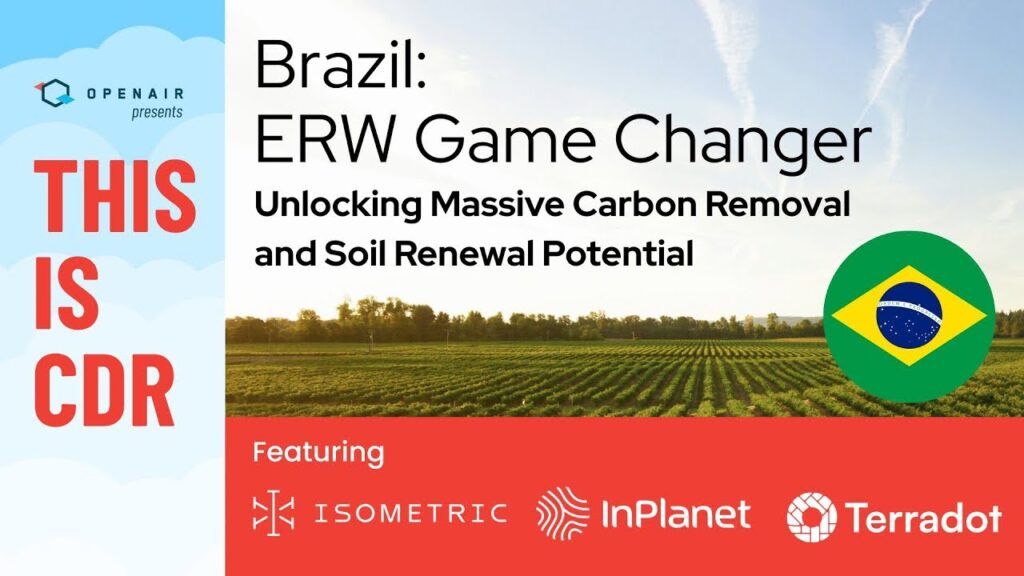
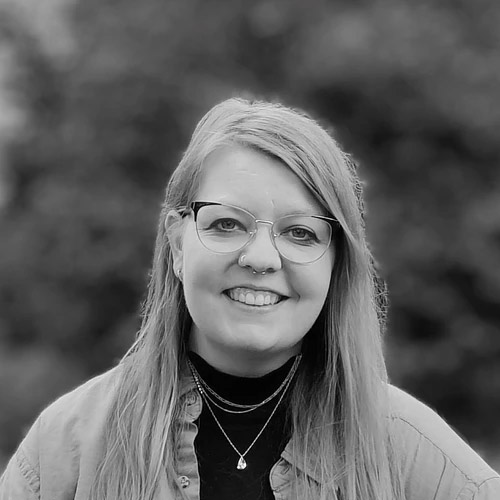
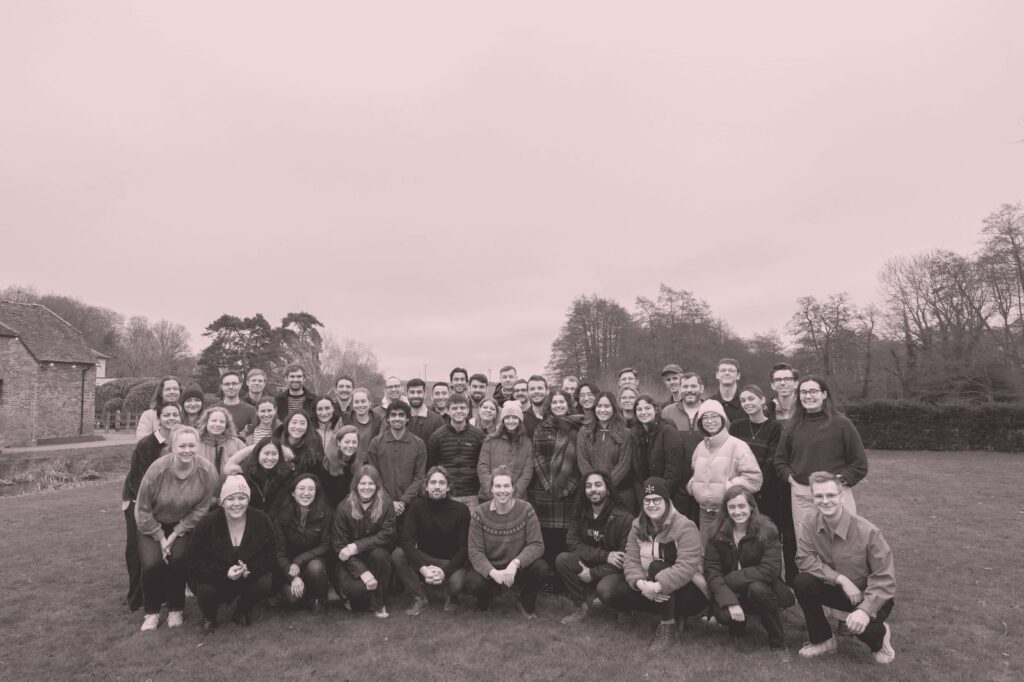
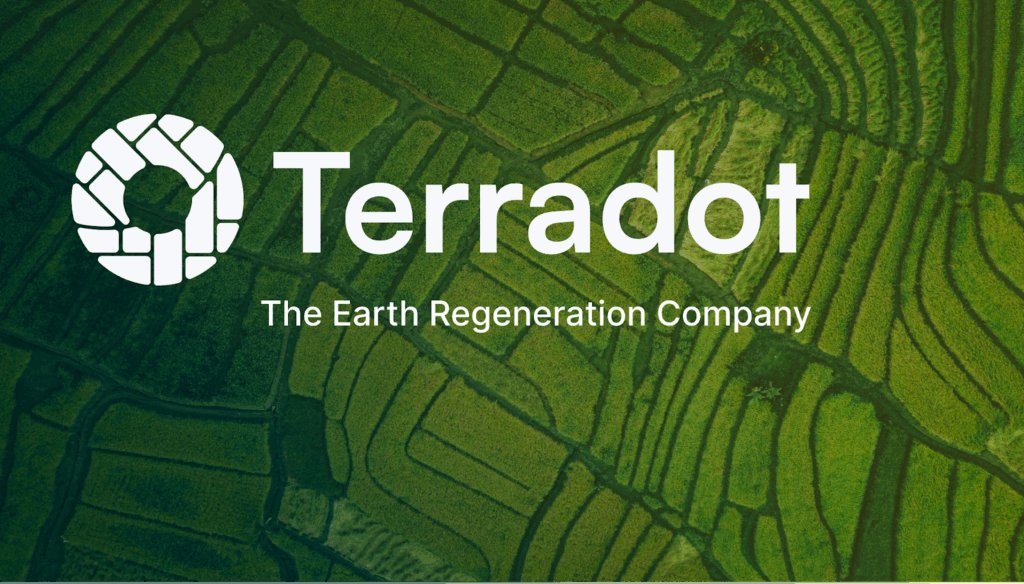
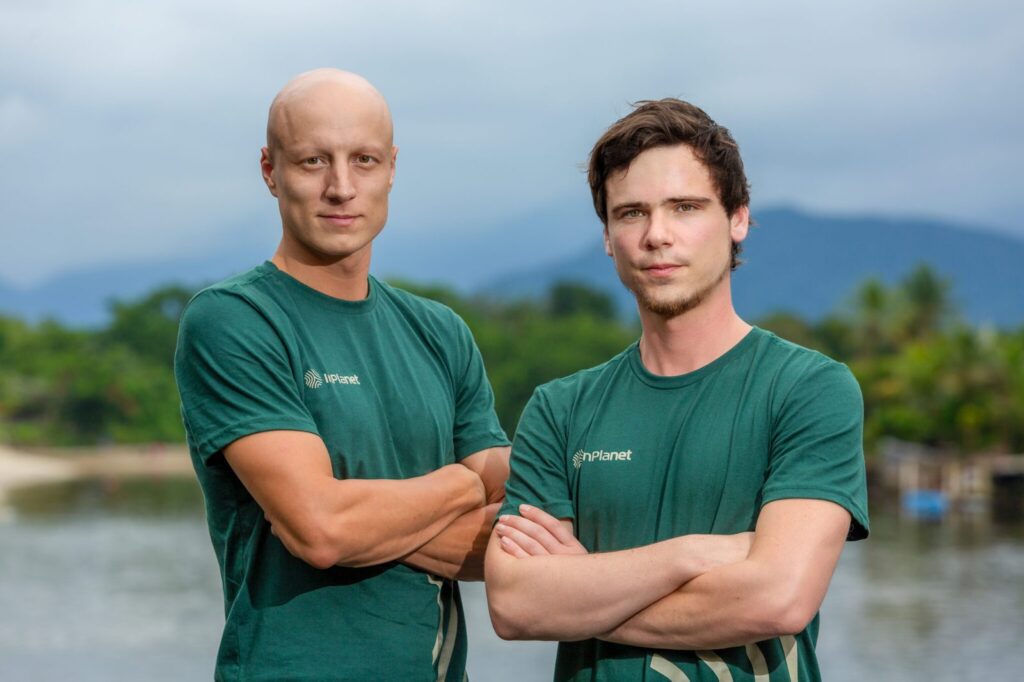






Got something to say?